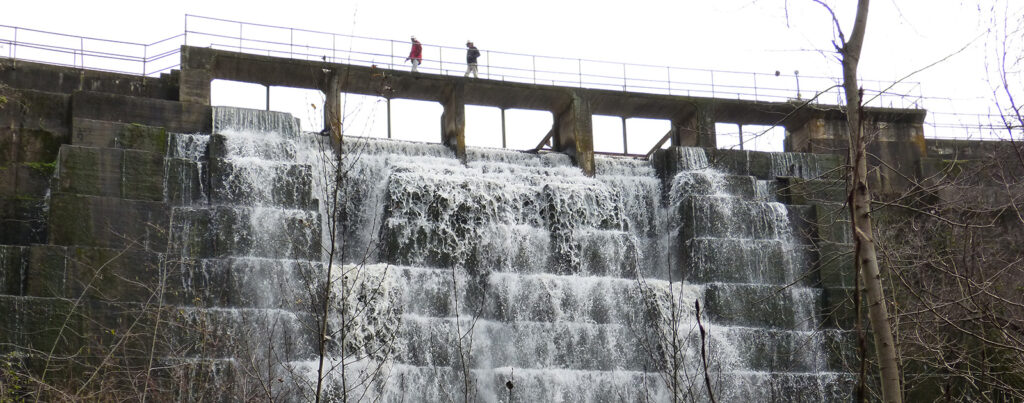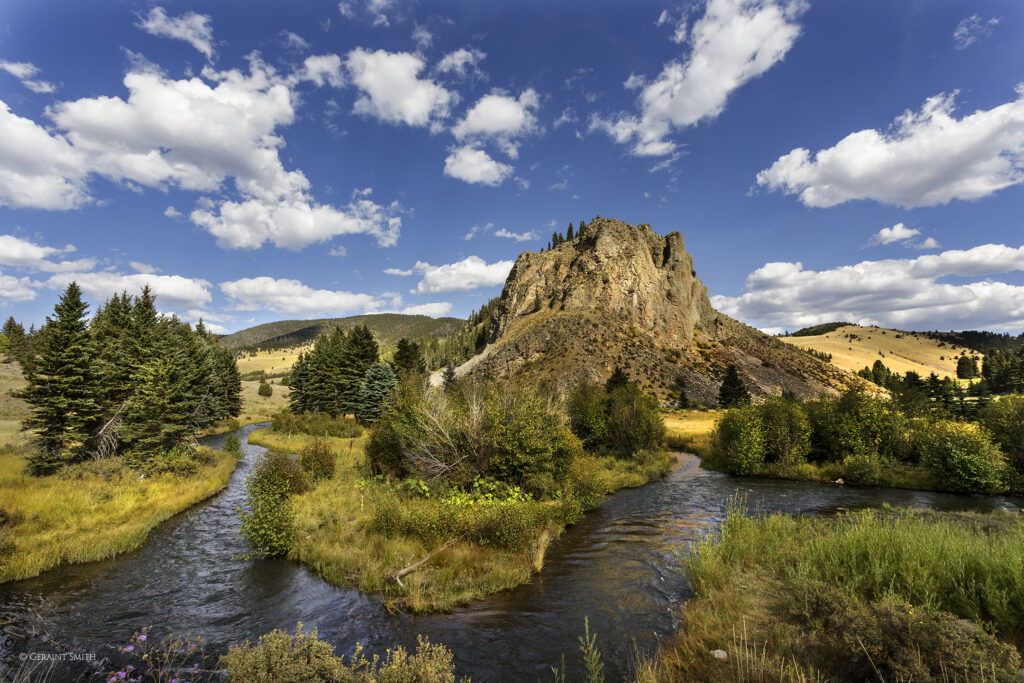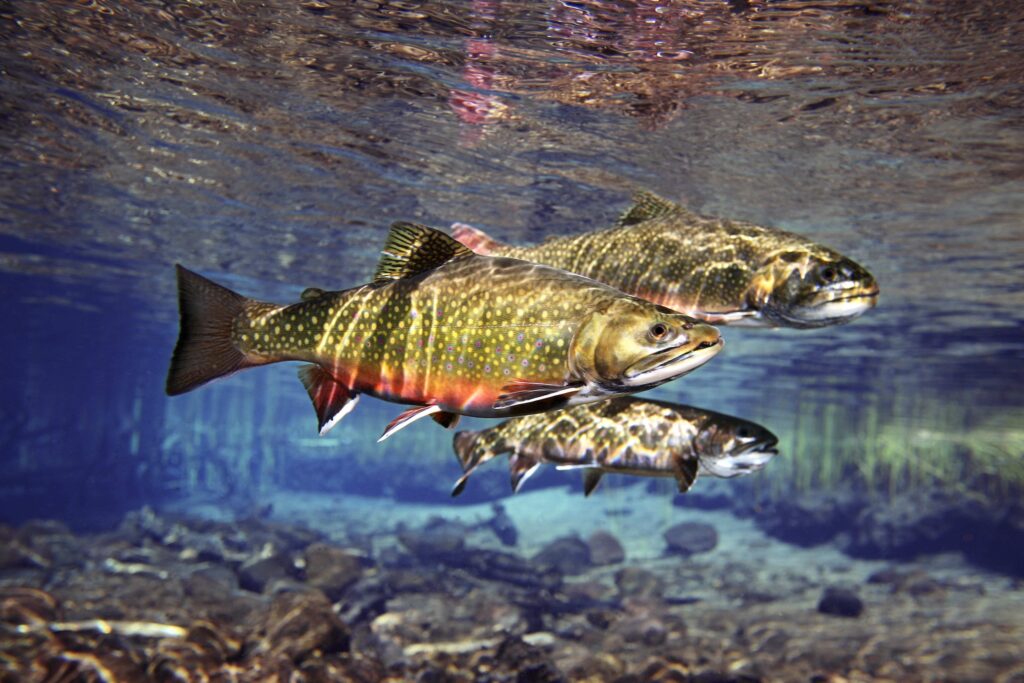Update on Searsville Dam
If you haven’t urged Stanford to do the right thing with Searsville Dam, you can add your voice right now.

Today’s blog is an update to a post from last month on the Searsville Dam. You can read the original post below the update, or by viewing it here.
American Rivers expects Stanford University to release its decision by the end of March on what it plans to do with Searsville Dam, their 125 year old, obsolete dam that blocks endangered steelhead trout from reaching more than 10 miles of historic spawning habitat and dries up the stream below the dam. American Rivers has been working with partners such as Beyond Searsville Dam for 15 years to push Stanford to address the harm caused by Searsville and their other dams and live up to their own “core sustainability principles”.
For over 100 years, Stanford has operated Searsville and other dams and diversions in the San Francisquito Creek watershed to supply water to its golf course and campus landscaping. The dams have blocked endangered steelhead trout from reaching over 25 miles of historic spawning habitat and have impacted the creeks downstream. Even though Stanford no longer needs these dams for water supply, they have been reluctant to eliminate them. That is about to change.
In fact, Stanford will soon begin removing one of its dams, the 10-ft tall Lagunita Diversion Dam, in response to a suit brought in 2014 by Our Children’s Earth Foundation and Ecological Rights Foundation. Although Stanford abandoned the dam years ago, the university has refused to remove it to allow steelhead to swim upstream to spawn, despite American Rivers and BSD efforts to address the problem dating back to 1998. In January a District court ordered Stanford to remove the Lagunita Diversion Dam and provide regular progress reports to the court to ensure the university does not drag its heels.
Stanford’s 60-foot tall Searsville Dam has been blocking steelhead and drying up the creek since about 1890. Now 125 years later, the reservoir is 90% filled with sediment and is no longer needed for water supply. Two years ago Stanford launched its Searsville Alternatives Study process to gather information on several options for the dam including full removal, punching a hole in the bottom to function as a “dry dam”, and dredging the sediments and operating it as they have been for a century. Stanford has completed the Alternatives Study, and the university President and Provost are poised to pick a path forward. The community upstream of the dam, Portola Valley, recently sent Stanford a letter supporting the restoration of sea-run steelhead trout, and American Rivers’ supporters have recently sent more than 25,000 letters to Stanford calling for dam removal.
Choosing the best alternative for Searsville is not a simple task, but now that the Alternatives Study process has concluded, Stanford certainly has enough information to know that they have better water supply options, and more importantly, that they can remove the dam and improve flood safety for downstream communities. Moreover, removing the dam as a barrier to fish passage is the only option that will fully comply with the Endangered Species Act and California water law that require Stanford to protect the threatened steelhead trout. With compelling evidence for the benefits of removing Searsville Dam in hand, we hope that Stanford will do the right thing for the communities, the creek, and the fish. In doing so, Stanford would also achieve its own principle that demands it “preserve and manage environmental resources to allow … the long-term persistence of native species.”



